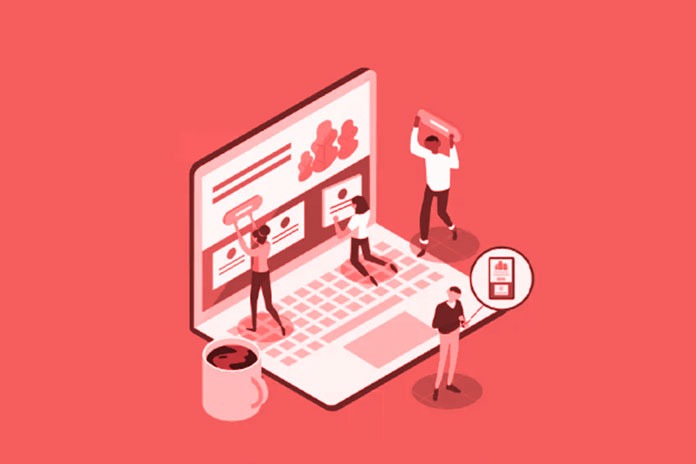Every time we visit a website, a learning process starts in our brains. Whether it’s route, plan, or any site component, the mind should figure out how to utilize it without remembering why we visited it. The mental effort required during this period is called cognitive load. But there’s more: the working memory in which this information is processed and stored is limited. The brain begins to slow down or abandon the task when it receives more information than it can handle.
What Are The Causes Of Cognitive Load?
To reduce cognitive load, we should initially comprehend what causes it. In general, the causes of cognitive load can be traced to three main factors:
- Too many choices
- Too much thought required
- Lack of clarity
Each of these factors requires effort and consumes mental resources that don’t help users understand the content.
Miller’s Law
Miller’s Law states that humans can only retain 5 to 9 notions simultaneously. Many misunderstandings have arisen from this principle, such as the definite limitation of an interface menu to 7 items. In reality, there may be even more than seven elements, but in any case, some techniques should be used, which we will explain below, to help the user reduce the cognitive load. As a general rule, Mill operator’s Regulation is often deciphered as a contention that the number of things a typical human can hold in transient memory is 7 ± 2.
Hick’s Law
Hick’s Law (also known as Hick-Hyman’s Law) is a mental rule that looks at the connection between the number of decisions and the time it takes to choose. The more choices there are, the more it takes to choose. Consequently, as originators, we want to coordinate the information and show it politely to the client, going for the gold. These two regulations can be summed up in three hints that assist with lessening the mental burden.
Group
We may break it down into a few units or parts to make data more straightforward to process and recollect. Discontinuity allows us to compensate for our restricted capacity to process and store data in transient memory. An illustration of how data becomes divided would be a telephone number. Separating a lot of information into more modest pieces assists the client with grasping them and finding out what’s going on. In any case, be cautioned that the client’s point of view on what’s significant and worth recalling can rely on how the data is assembled.
Categorize
Organizing data into consistent gatherings is another technique for lessening the mental burden. Gathering things into different classes can assist clients with centering better. This dodges mental over-burden by decreasing the material the client is presented to. Along these lines, the client can zero in on the gathering that intrigues him and disregard different components.
Limit The Number Of Options
As we have seen in Hick’s Law, the client’s trouble in going with choices straightforwardly corresponds to the number of choices he faces. The least demanding method for handling this issue is to lessen the number of choices whenever the situation allows: a choice between 3 or 4 components will constantly have a preferred change rate over one with 6 or 7 components. We can adjust the counsel above and gather or arrange when this is unthinkable.
For instance, on the off chance that a structure has an excessive number of fields, we can separate it into stages to stay away from surrender. By following the above standards, it is feasible to fundamentally diminish the client’s mental burden and guarantee that his consideration is very much spent on non-valuable components. It’s always important to remember that the user has a goal, whether buying a product, understanding something, or simply getting to know the site’s content.
Also Read: How To Improve The Conversion Rate Of A WooCommerce Site



